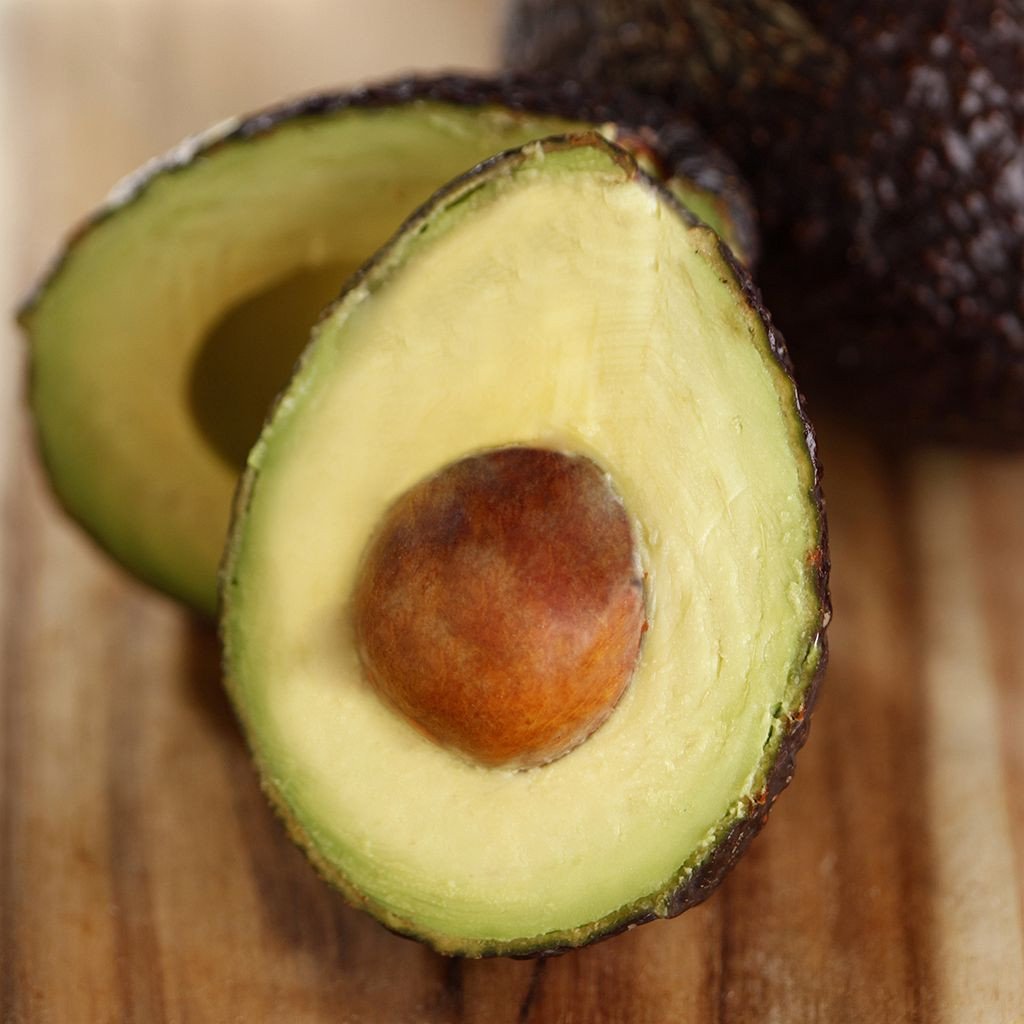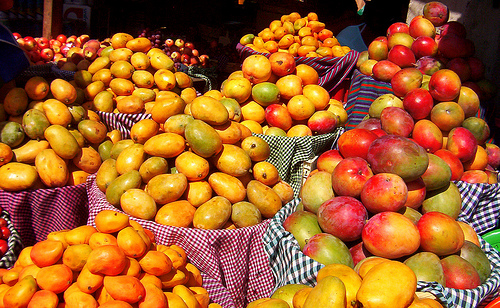Although it was only discovered in the 15th century, archaeologists date the origin of the avocado back to 5000 BC and believe the fruit was cultivated and eaten by the Mesoamericans.
In fact, the months on the Maya civil calendar (dating back to 800 BC) are based on seasonal and agricultural events, which features the avocado as the glyph for the 14th month.
Once the “New World” was discovered by Spain, it was in 1519 that Martin Fernandez De Encisco wrote that he had discovered a fruit which “looks like an orange” but turns “yellowish when it is ready to be eaten.” He goes on to explain the “marvelous flavor” of the insides of the fruit, which tastes “like butter” and is “so good and pleasing to the palate.”
Spanish conquistadores loved the fruit but could not pronounce it (ahuácatl). They changed the Aztec word to a more manageable aguacate, which eventually became avocado in English. Funny enough, the original Aztec word means ‘testicle.’
Today, there are 400 varieties of avocado found all over the world. With a high fiber content, rich in potassium (more so than bananas) and high in vitamin E, the avocado is considered one of the most nutritious fruits. More so, the oil possess anti-aging benefits for the skin.
What’s not to love about the avocado?











